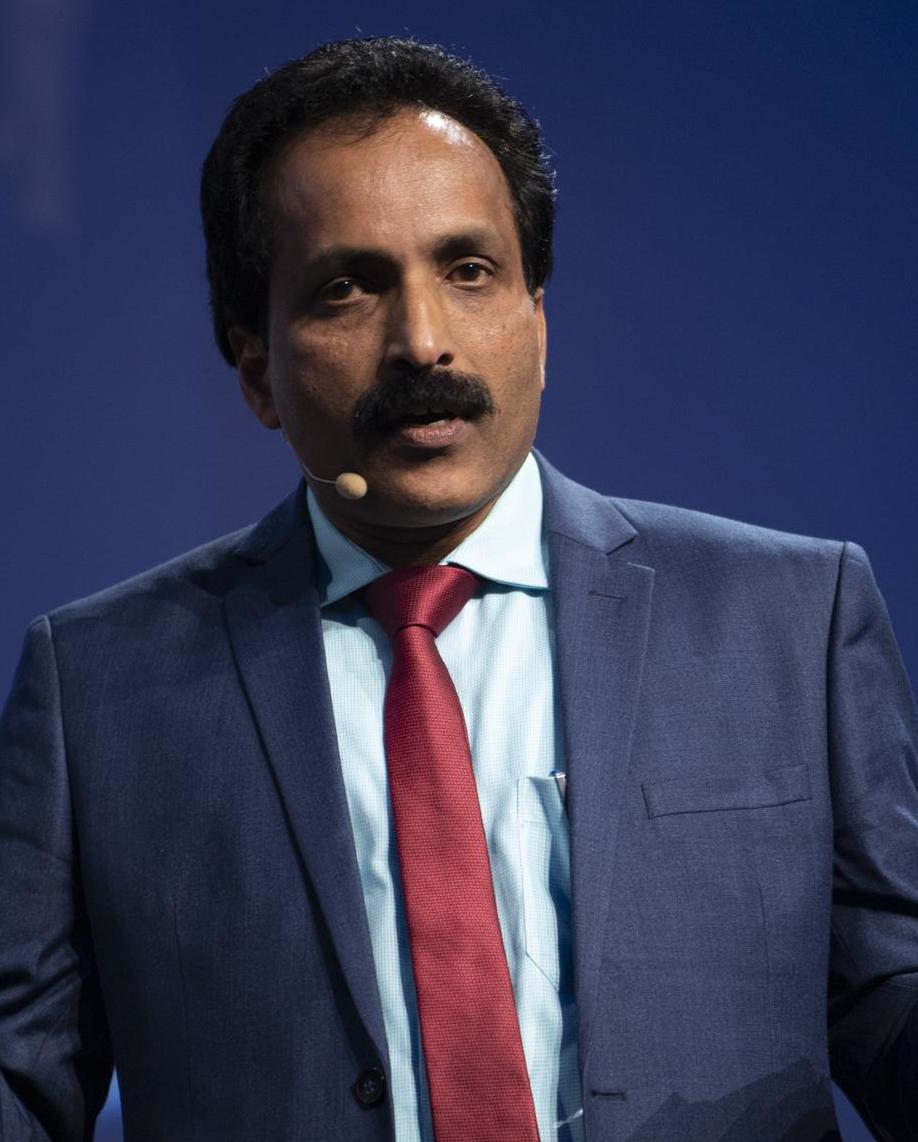India and Japan recently decided to demonstrate the lunar exploration programme in 2024. The space flight for this mission is prepared by ISRO—Chandrayaan-3.
While in a podcast, Mr S. Somanath, the chairman of ISRO, expressed that Mission Chandrayaan-3 is before him and will be executed in August 2022. Soon, the Ministry of Science made confirmation of the news. Chandrayaan-3 is the supplement to the mission Chandrayaan-2, which was declared a failure in 2019. The planning for Chandrayaan-3 began in 2019 itself.

“This time, we will be more cautious,” space minister Jitendra Singh said. “I should tell you that no country was successful in landing on the moon in the first attempt. The U.S. could land on the moon after failing three times in the 1960s.” Singh revealed the new launch timeline in February.
What is the Lunar Exploration Program?
The moon doesn’t have a defined atmosphere as Earth does. According to science and scientists, due to sunlight’s reflection, life is possible that too, but only during the daytime. At night, the temperature is extremely low and there are lunar lights. Surviving on lunar nights is not possible for the human race. This exploration will analyze the Moon’s surface, precisely the soil. This will help us to conclude many things in the same context.
The Partial Success of Chandrayaan-2
To operate missions like this, we need a space flight constituted of a sequence of lander, orbiter, and rover. Mission Chandrayaan-2 was partially successful, which aimed to land a rover on the lunar South Pole. The Vikram lander crashed into the moon late in the landing process, although the accompanying orbiter is still at work studying the moon from a distance. It was India’s first attempt at a robotic moon landing.

Chandrayaan-2 is a space flight developed completely by Indians and Indian equipment. It has the country’s most powerful geosynchronous launch vehicle, as has Chandrayaan-3. It was a partially successful mission declared in 2019, and within three years, India came up with its supplement. It could have been earlier, but due to Covid-19, this was delayed, but still, this shows how potent the capabilities of ISRO have developed in the past few years.
History of the Chandrayaan mission
In 1998, a hub of scientists from the Indian Academy of Science discussed that India is now in a position to launch its Lunar Exploration Programme. This conversation went well and reached the bureaucracy. Then, in 2003, the Vajpayee government declared that India was prepared for this mission, and on November 9, 2008, Chandrayaan-1 was launched. With the successful completion of this operation, India became the fifth nation to put a vehicle in lunar orbit.
Then came the time to launch Chandrayaan-2 in 2013. This could not happen since ISRO realized that it could not rely on an external launcher supplied by Russia. The same launcher that was about to be supplied for our space flight reported some flaws and questioned its reliability. Hence, ISRO decided to construct a native launcher and developed the GSLV-MK3 geosynchronous launch vehicle.

In this way, Chandrayaan-2 became indigenous, designed by Indians, and it was launched on July 19th, 2019. By September 2019, ISRO had recorded the flaw and announced the mission as partially successful. And now, in 2022, we are in a position to launch a supplement space flight for the lunar exploration programme.
The new mission won’t include a science-capable orbiter like the Chandrayaan 2 spacecraft still orbiting the moon, ISRO chair S. Somanath told the Times of India in the same article.
Also Checkout: Metaverse: The Infinity Era
















